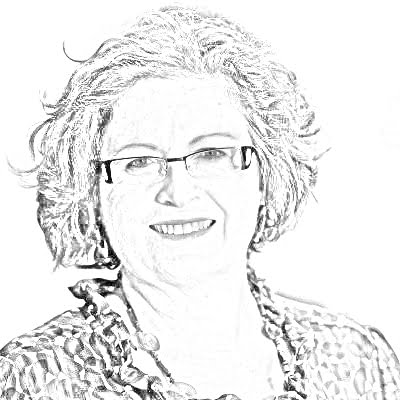While the major parties played fast and loose with Medicare in the final days of the election campaign, neither has properly grasped the digital health nettle.
Right now just one in six Australians (3.8 million) has a digital health record – a full four years after they were first launched by the Labor Government. Introduced as an opt-in scheme and originally called the personally controlled electronic health record (PCEHR), the digital health file has been renamed the My Health Record and opt-out trials are underway in Western Sydney and North Queensland to try to boost uptake.
Darryl Goodall, general manager of health for CSC in ANZ, said that he believed the trials had been successful and would prompt a greater use of digital health records. “Aussies are not good at opting-in if it requires effort, and they won’t opt-out if it requires effort,” he said.
Mr Goodall said much higher MyHealth take up was needed for the benefit of digital records to manifest. “It’s like when kids are lined up for vaccinations. Inoculations don’t necessarily benefit the individual – the benefit comes when it’s the whole population.”
Right now there is very fragmented digital record keeping across the health sector. Health Minister Sussan Ley outlined a $485 million “Budget rescue package” for the MyHealth initiative earlier this year.
On Friday the Australian Digital Health Agency opens its doors, with the last few refugees from the earlier National E-Health Transition Authority (NEHTA) transitioning across this week.
But it will take more than a digital health record to properly leverage technology across the Australian health sector.
In the UK, CSC’s Lorenzo digital health platform connects 50 hospitals and a raft of secondary health services, aimed at managing people’s health without landing them in hospital. Mr Goodall said it had delivered a 20 per cent efficiency boost.
According to Mr Goodall Australia’s hospital funding formula does not obviously support systems that might reduce admissions, even though there could be overall savings for the health sector.
“In Australia the hospital loses out because they get paid on a per patient basis. GPs too get paid on a click on the ticket,” he said.
There is no financial incentive to manage people’s health outside of the system and political rhetoric continues to obsess over beds and waiting lists instead of more innovative approaches to delivering healthcare.
Consumer appetite for a fresh approach to health however appears evident from the uptake of wearable devices and health apps.
Technology companies are responding with some quite sophisticated solutions. Philips and Pegasystems for example recently announced an alliance which integrates Philips’ internet connected medical devices – many of which allow individuals to take their blood pressure or test urine – with Pega’s care management system, the notion being that consumers take a far more active role in managing their health in order to keep them out of the hospital system.
The benefits are clear – but who pays for the systems? Governments which want to keep healthcare costs in check? Health insurers which want to reduce costs? Consumers who want better health? Pharma companies which want access to the data?
Susan Dart, a consultant with the Frame Group, has recently worked with healthcare providers on the concept of the digital hospital and believes that innovation in healthcare requires grappling with “30 per cent technical and 70 per cent political issues.”
At the same time she said that there were massive gaps in technology awareness in the medical professions, and that Associations needed to step up to educate members and the wider community.
She said that Associations could also play a role in certifying health apps. These have proliferated recently, with some being described as little more than snake oil.
The Associations are starting to get involved. Melbourne startup Health& for example has the support of the Royal Australian College of GPs and is powered by IBM Watson to allow people to seek online health advice.
“I’d like to see mobile apps being medically certified,” said Ms Dart. “The urine testing app I’m using – I’m just assuming it’s medically accurate,” she said. “If you can’t validate it you may be dealing with snake oil.”
In fact there seems relatively little calibration of personal health devices or apps. Gartner research director Brian Blau wears a series of wrist based wearables, and speaking at a Summit in Sydney this month said that each gave a different count with regards to steps taken and distance travelled.
US studies meanwhile have found wildly varying accuracy in health apps managing everything from providing insulin dose recommendations to recognising melanomas from selfies.
In Australia while the Therapeutic Goods Administration has oversight of some health related technologies – for example smartphone based systems that measure blood glucose or temperature – it has no role in monitoring health advice apps or dosage calculators.
The TGA is a founding member of the International Medical Device Regulators Forum, which has recognised the consumer protection challenge associated with health apps, and has a working party addressing the issue currently.
In the meantime however app developers are continuing to churn out new software. Earlier this year Australia held its first mental health hackathon and next month a three day Hacking Health event will run as part of the HIC health conference.
ASIC is in the process of establishing a digital sandbox for fintech experimentation; while most health apps are well intentioned it may be time for the TGA to consider something similar to ensure Australian consumers don’t suffer a snake oil epidemic.
Do you know more? Contact James Riley via Email.

